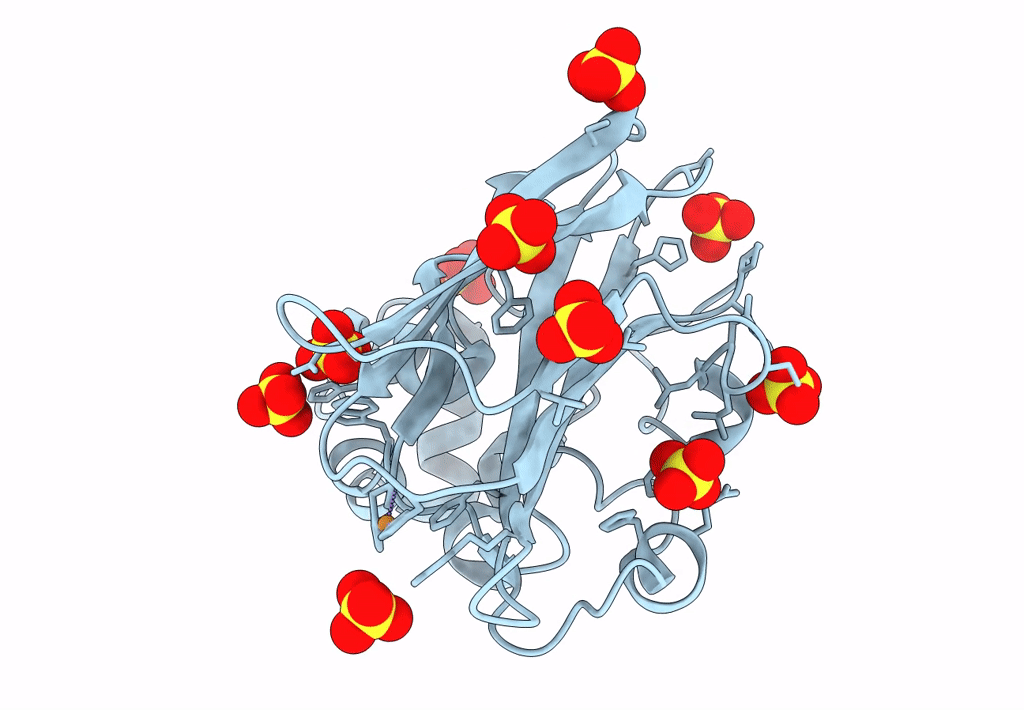
Deposition Date
2022-04-10
Release Date
2023-04-19
Last Version Date
2024-11-06
Entry Detail
PDB ID:
7ZJB
Keywords:
Title:
Structural and functional characterization of the bacterial lytic polysaccharide Monooxygenase ScLPMO10D
Biological Source:
Source Organism:
Streptomyces coelicolor A3(2) (Taxon ID: 100226)
Host Organism:
Method Details:
Experimental Method:
Resolution:
1.37 Å
R-Value Free:
0.15
R-Value Work:
0.12
R-Value Observed:
0.13
Space Group:
P 43 21 2


